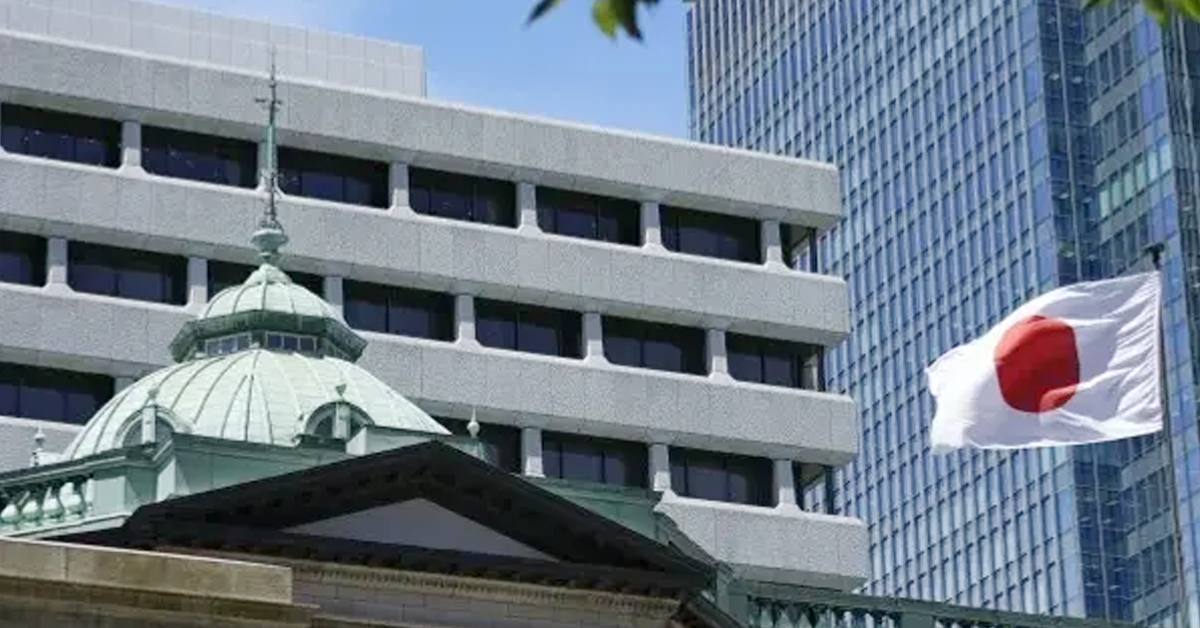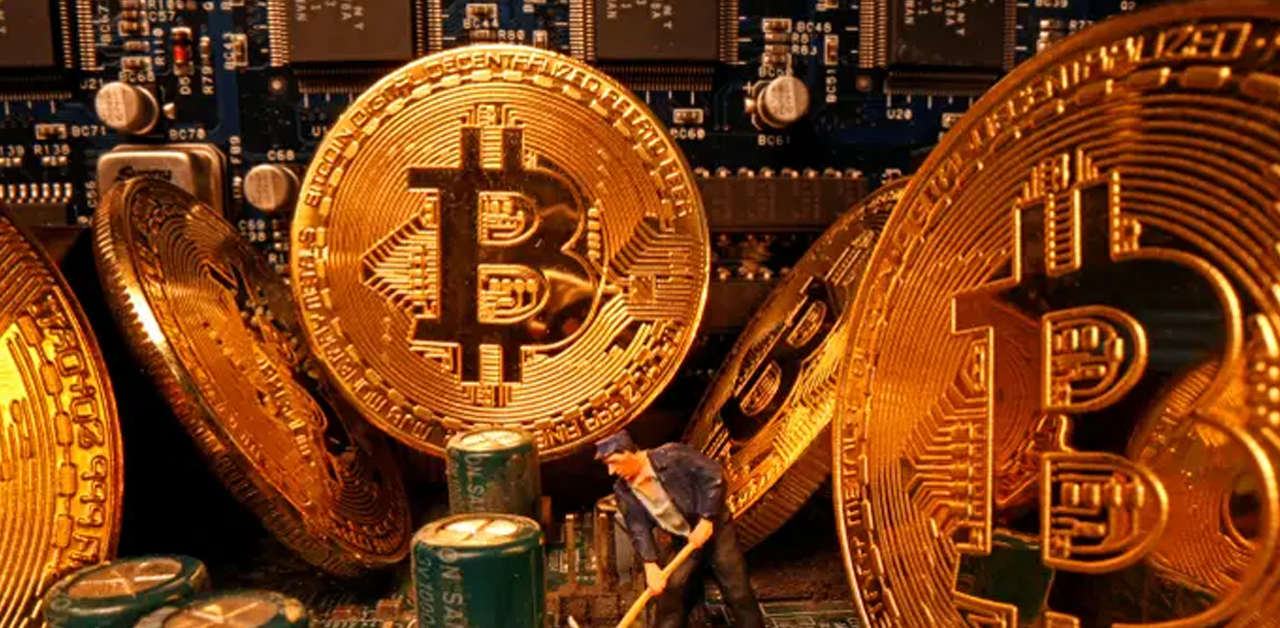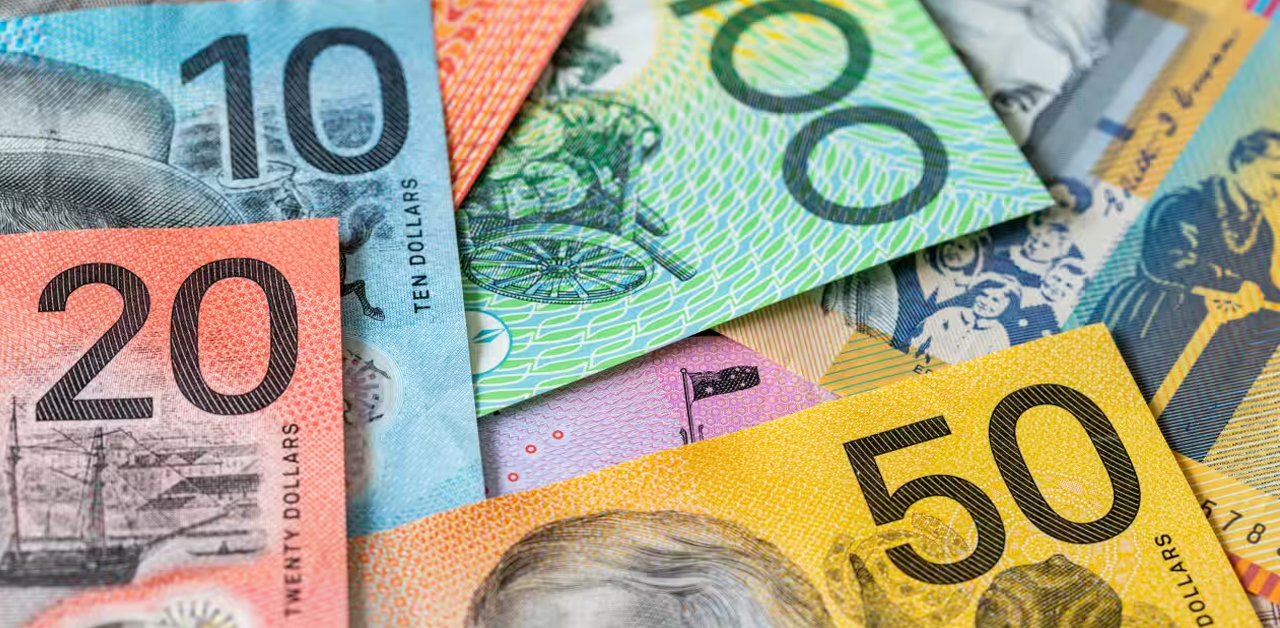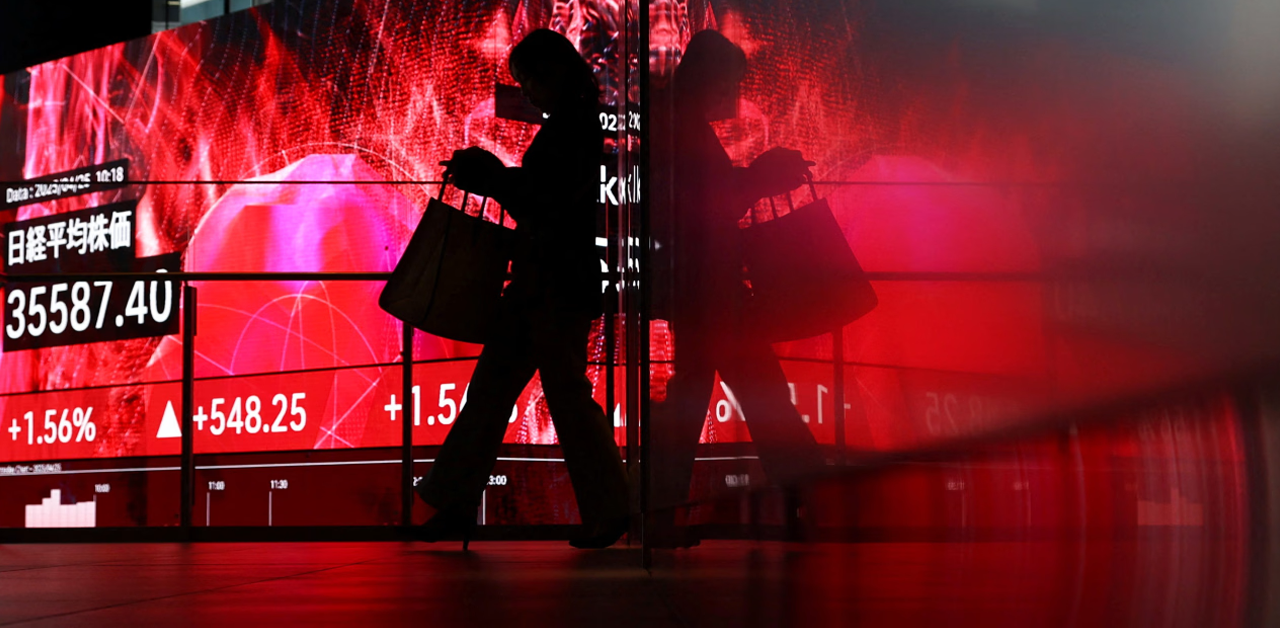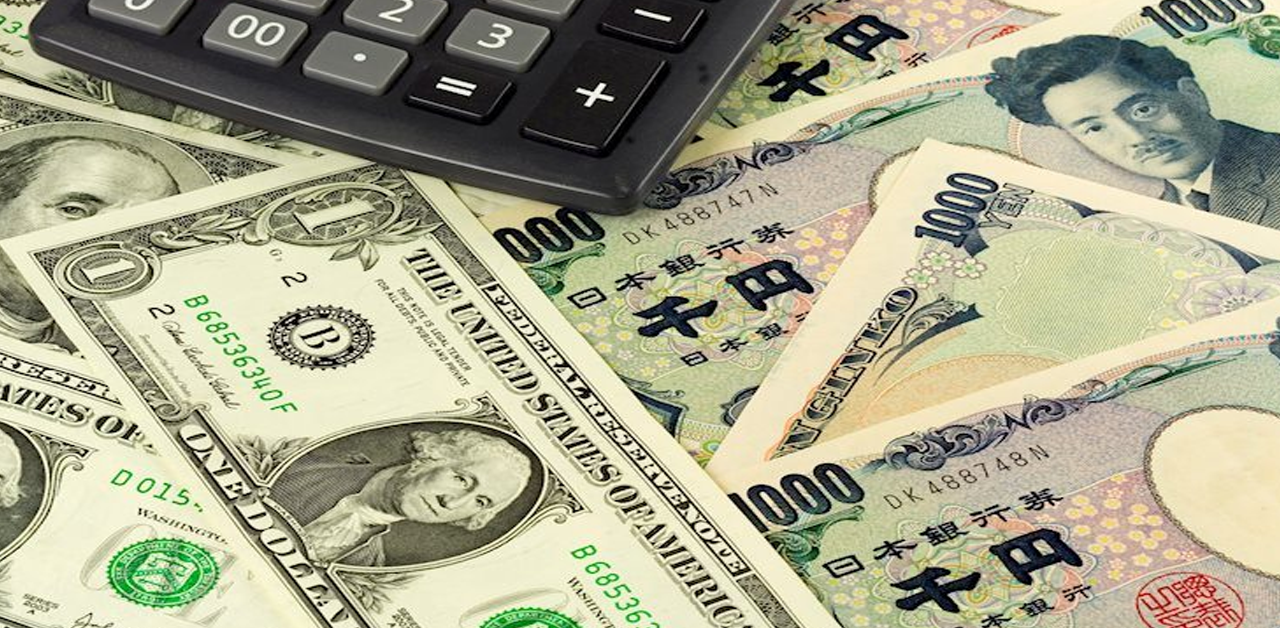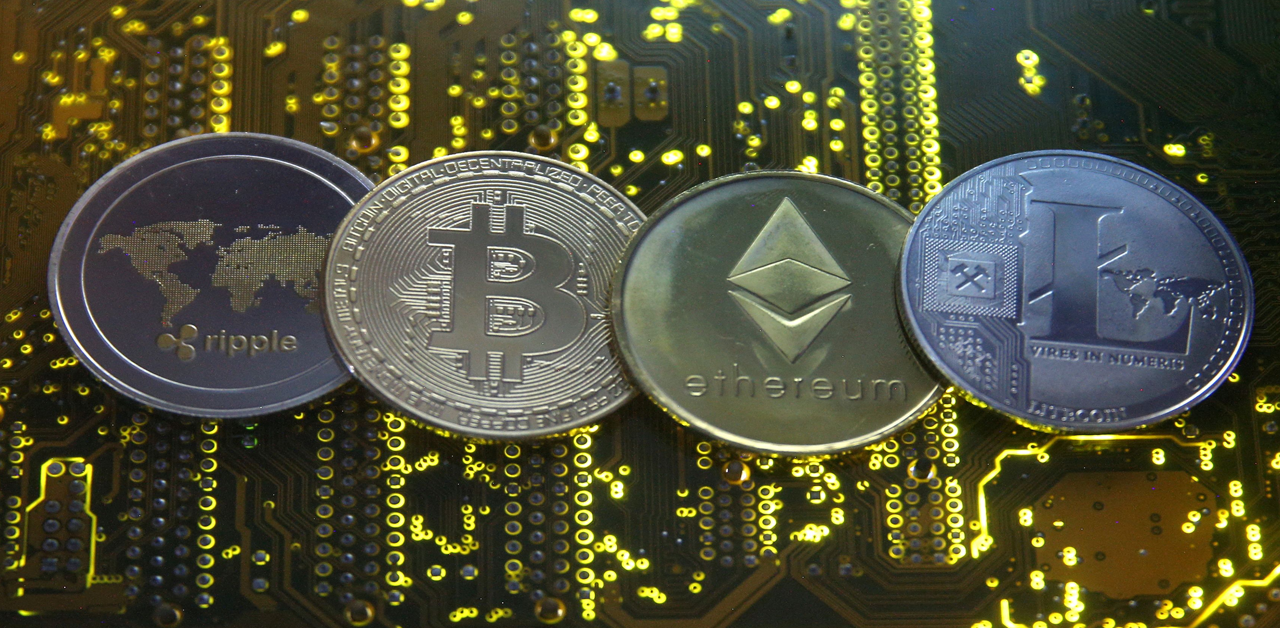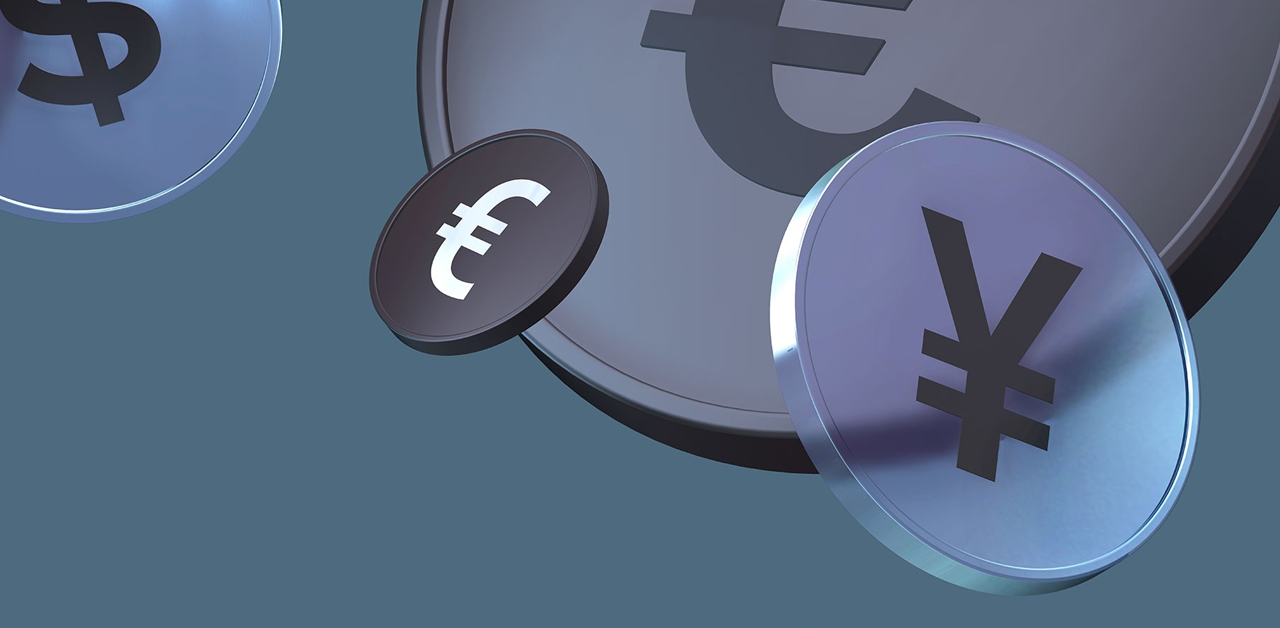Ex-Chief Economist Predicts BOJ Rate Hike as Early as June
The Bank of Japan (BOJ) might implement up to three additional benchmark interest rate hikes this year, with the first potential increase occurring as early as June. This move would be a response to what a former BOJ chief economist describes as the excessive ease of the current monetary settings.
The economist, Toshitaka Sekine, expressed his view in a Bloomberg interview, suggesting that the central bank could adopt a more aggressive approach to monetary tightening. According to Sekine, there are no rigid constraints like a 0.25% limit that should prevent further rate increases if the economic conditions are favorable. He emphasized that gradual rate adjustments are feasible as long as the economic environment supports such actions.
Sekine, who now serves as an economics professor at Hitotsubashi University in Tokyo, believes that the BOJ has the opportunity to roll back its easy monetary policies gradually, particularly since real interest rates remain significantly negative.
In anticipation of the BOJ’s April policy meeting, a Bloomberg survey of economists indicated a median year-end benchmark rate prediction of 0.25%, suggesting expectations of only one more hike this year following the BOJ’s initial increase since 2007 in March.
However, Sekine’s stance is notably more hawkish compared to the general market consensus. Investment firms like Vanguard Group Inc. and Pacific Investment Management Co. also forecast a steeper increase in the key rate, with predictions of it reaching up to 0.75% by the end of the year.
The April summary from the BOJ’s policy meeting hinted at a possible hawkish shift within the nine-member board, with suggestions that the future rate path could surpass current market expectations. This was further supported by the BOJ’s recent decision to reduce its bond purchasing, which has fueled speculation about an impending rate hike.
Sekine also touched on the potential necessity of a higher rate if the yen’s value begins to adversely affect pricing trends, a situation made more likely as Japanese businesses adjust their pricing strategies in response to inflation.
Despite Japan’s fragile economic recovery, evidenced by a contraction in the first quarter of the year and stagnant growth at the end of 2023, Sekine argues that these economic conditions are unlikely to significantly impact the BOJ’s plans for rate hikes. He pointed out that the output gap is roughly zero, suggesting that even a contraction wouldn’t substantially alter the scope of monetary easing required.
The BOJ’s recent forecast projected that consumer prices, excluding fresh food and energy, would increase by 2.1% in the fiscal year starting April 2026, signaling that higher rates might be necessary. Sekine concluded by emphasizing that while the rate increases are not predetermined, they are likely to proceed incrementally as long as they align with common sense and favorable conditions.

